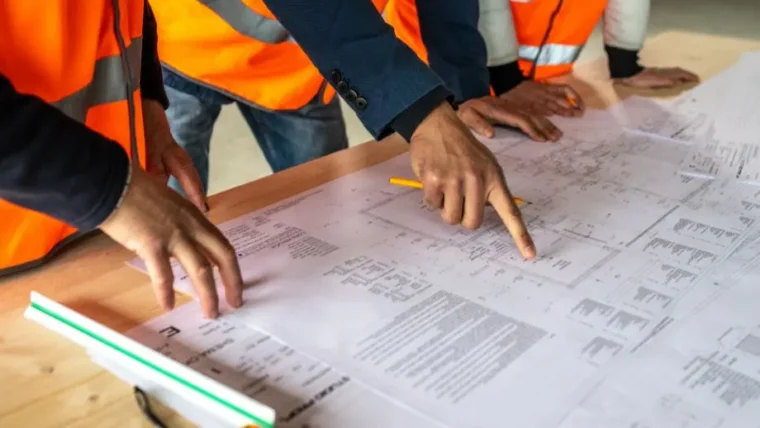Our previous two blogs have discussed the principles behind Sustainable Drainage Systems (SuDS) and the process that underpins their effective design. In this week’s blog we will look at the multiple benefits that SuDS offer.
The main principle behind SuDS is the idea that surface water is a valuable resource and it should be managed for maximum benefit. The benefits of SuDS are mainly influenced by the site where they are implemented; however, they do fit into four main categories each with their own objectives.
- Water Quantity – Managing flood risk
- Water Quality – Managing diffuse pollution
- Providing amenity
- Enhancing Biodiversity
In this blog, we will look at the benefits that SuDS can have on surface water quantity and quality.
Surface Water Quantity
Urbanisation and development have reduced the natural permeability of the ground. Consequently, there has been an increase in volume and flow of surface water run-off meaning that areas are becoming more susceptible to local flooding.
Controlling the quantity of water run-off can help to manage flood risk and also help to protect the natural water cycle.
SuDS can help to control water run-off and reduce the frequency/severity of flooding by:
- Slowing water flow (attenuation)
- Providing water storage areas
- Allowing runoff to naturally soak/infiltrate into the ground
- Evaporation from surface water/transpiration from vegetation (evapotranspiration)
By providing these components, SuDS are able to provide a flood risk benefit value.
Receiving Water Quality
Modern day human activity in both rural and urban areas can lead to the release of various pollutants including for example pesticides, detergents, oil and litter, all of which can cause diffuse pollution (described by the European Environment Agency as ‘pollution from widespread activities with no one discrete source’). These pollutants and contaminants can enter surface water runoff and drainage systems, eventually ending up in waterways (and even groundwater), making it difficult to comply with water quality legislation.
Various components of sustainable drainage systems can help to improve the quality of water in downstream water bodies. This can be achieved by reducing contaminants via settlement or by biological breakdown of pollutants.
SuDS which reduce water flow entering combined sewer systems contribute to a reduction in combined sewer overflow (CSO) discharge, and help to improve the water quality of the receiving water body.
Improving surface water quality provides a variety of secondary benefits such as enhanced biodiversity, reduced health risks from water bodies, aesthetic benefits and increased opportunities for wildlife.
European Directives
As we discussed in our previous blog, the European Union has some of the highest standards in the world when it comes to environmental impact. The EU directives are a form of European legislation that set a target for all EU member states to achieve.
The two directives relevant to surface water quantity and quality are:
- The Floods Directive (Directive 2007/60/EC) aims to reduce and manage the risks that floods pose to human health, the environment, cultural heritage and economic activity.
- The Water Framework Directive (WFD) (Directive 2000/60/EC) was made into a UK law in 2003. It aims to improve the way water bodies are managed in Europe by using a consistent approach to integrated water management. This directive states that all EU member states must achieve a ‘good’ chemical and ecological status of both inland and coastal water.
(Find more information about the floods directive and the WFD)
Implementing SuDS can help to contribute to both of these EU directives, by effectively managing water to control both quantity and quality.
There are many more direct and indirect benefits that Sustainable Urban Drainage Systems have on society and the environment. In next week’s blog, we will look at the benefits of SuDS beyond water quality and quantity.









